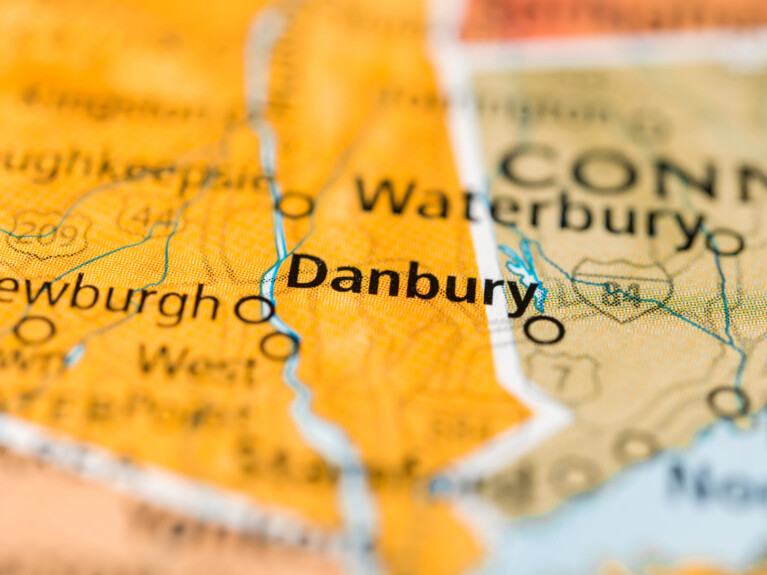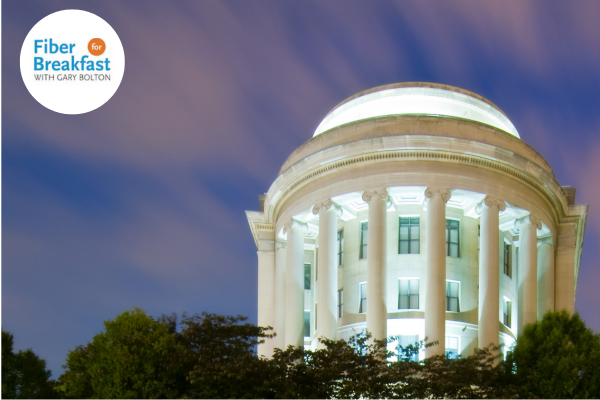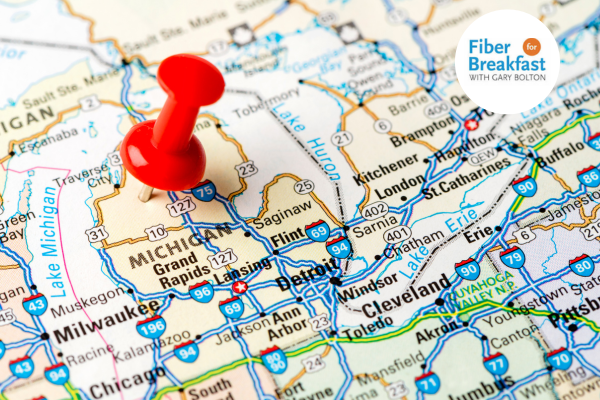SpaceX Starlink – Is 3% to 5% a threat or a warning?
Last week participating virtually at Mobile World Congress, SpaceX CEO Elon Musk said the company’s Starlink satellite broadband service was complementary to fiber and 5G services, providing access to the three to five percent of the world that didn’t have such broadband options. He said Starlink is best for “low density” areas with some capability to serve “medium density” areas, but being Elon, he didn’t explicitly define what the difference between low and medium density is.
Musk went on to say Starlink had nearly 70,000 simultaneous users online and the company was continuing to lose money on the terminal hardware, selling it to users at $500 while costing “more than a thousand dollars” per dish today. Of course, SpaceX is working hard to build lower-cost dishes and will one day – again, Elon didn’t say when – get the equipment price down to $250 to $300, a price point originally cited back in 2016.
Exactly how many dishes SpaceX is shipping per month is not known, but since the company told the FCC it had 10,000 beta users in February, a little back-of-the-envelope math (70,000 estimated users in late June – 10,000 in February = 60,000 / 4 months-ish) provides a guesstimate of around 15,000 dishes per month. SpaceX is working on ways to increase dish production rate with Musk saying the company will reach 500,000 users within 12 months.
Does Starlink service really threaten existing broadband service provider? If we take Musk at his word, fiber and 5G have nothing to worry about in the near-term, since the fastest rates expected from Starlink in the second half of this year will peak around 300 Mbps downlink speeds and perhaps 20 Mbps to 40 Mbps uplink speeds.
Cable and legacy DSL services likely have the greatest concerns, with frustrated users at the end of old coax or copper cable having no hesitation to jump onto Starlink beta services if all the Reddit users on the r/Starlink section are to be believed. However, these users will have to get in line with existing million plus HughesNet and Viasat geosynchronous earth orbit (GEO) satellite broadband customers who have heard the siren song of lower latency and faster broadband speeds.
SpaceX has stated on several occasions Starlink has a backlog/wait list of over 500,000 customers. It’s easy to believe that number when you tally up existing GEO satellite customers and legacy cable/DSL customers who have been waiting for faster options for years. For most, paying $500 down for equipment and trying to find the place to mount a Starlink dish is nothing compared to the thousands of dollars an incumbent wireline carrier wants to pull upgraded copper or fiber to a residence.
If anything, consumers may find themselves waiting behind government and enterprise customers willing to pay substantially more than $100 per month for Starlink services. SpaceX is working with Google to directly connect its data centers to the Starlink network. Google and SpaceX will team up to sell directly to enterprise customers, enabling single hop access to Google Cloud apps in the second half of this year. Add on demonstrations SpaceX is conducting with the U.S. military, commercial aviation, and the oil and gas industry, and it may be difficult for SpaceX to financially justify selling a dish to a consumer household paying only $100 per month.
SpaceX believes it will ultimately be able to support several million Starlink users in the future, but exactly when and what mix of those users are consumers are unknown because the company just doesn’t talk about those kinds of data at this point in time. If Starlink is ultimately spun out as a public entity years into the future, SpaceX will have to be more forthcoming on its customer mix and growth projections, along with other mundane benchmarks used by financial analysts like customer acquisition cost and average revenue per user (ARPU).
The Starlink warning to broadband companies is the relatively low cost and higher speeds the satellite network is capable of delivering to consumers in comparison to legacy wireline and first generation wireless systems. Companies that haven’t made efforts to upgrade infrastructure and network speeds will find themselves under increasing scrutiny by users who want “service like Starlink.” A few dishes in a service territory may have a significant customer impact beyond a relatively small loss of revenue. Broadband providers are going to have to be more proactive in discussing their pricing policies and network upgrade plans or they will be faced with being more reactive to disgruntled customers who have heard about Starlink as an option.




